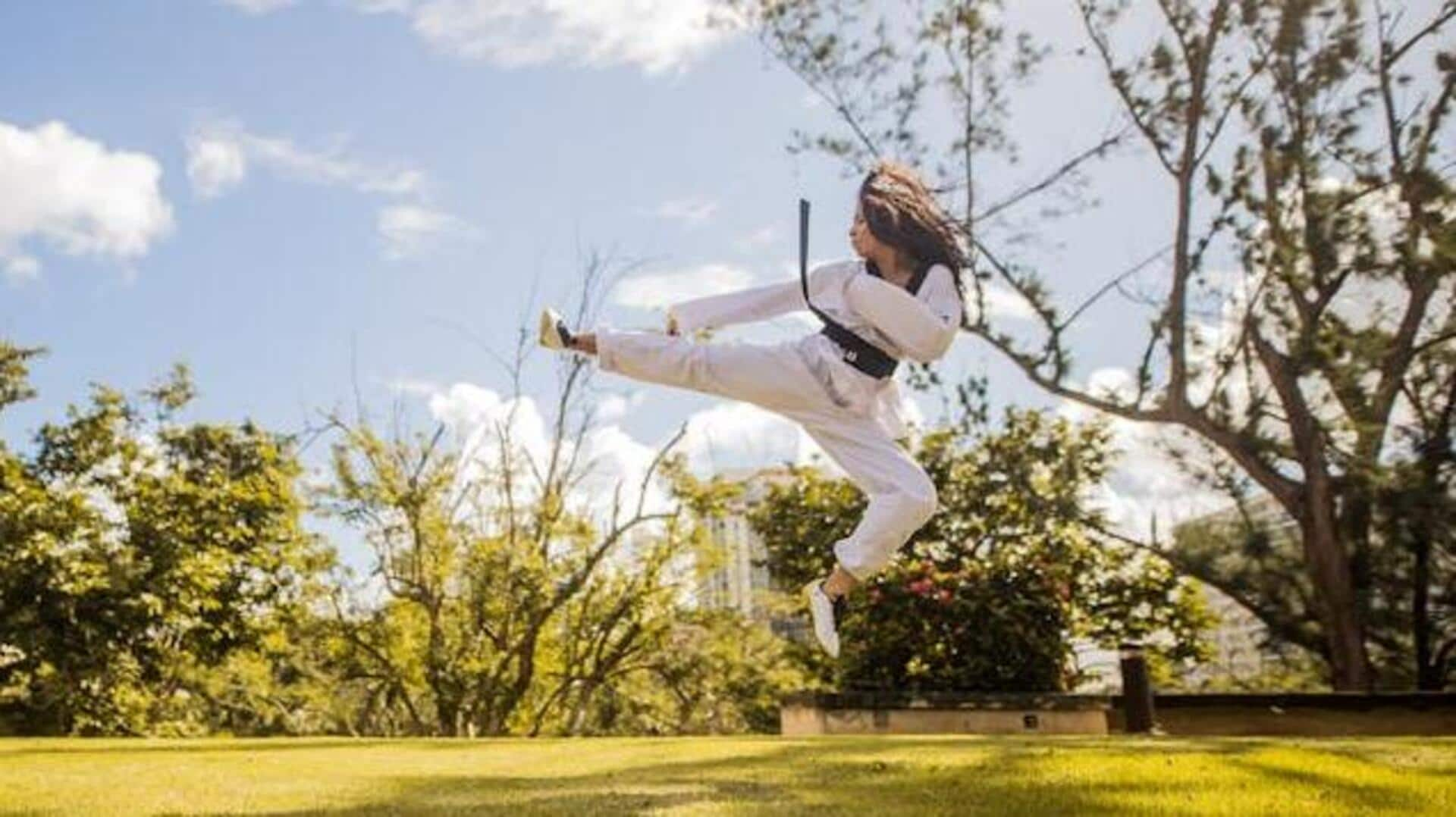
Martial arts v/s parkour: Which boosts fitness more?
What's the story
Martial arts and parkour provide unique fitness and confidence benefits. While martial arts hone self-defense, discipline, and mental strength, parkour emphasizes agility, creativity, and overcoming obstacles. Both improve cardiovascular health, coordination, and strength while boosting self-esteem through skill mastery. In this article, we look at their fitness advantages to guide you toward your lifestyle choice.
Drive 1
Building physical strength
Martial arts training includes rigorous routines that increase muscle strength with repetitive movements like punches, kicks, and stances. These exercises focus on several muscle groups at once. Meanwhile, in parkour, practitioners have to use their body weight to overcome obstacles like walls or railings. This builds functional strength by involving core muscles along with arms and legs while jumping or climbing.
Drive 2
Enhancing flexibility
Flexibility is also a crucial component of martial arts as well as parkour. In martial arts, practitioners do stretches as part of their warm-up sessions, to avoid injuries while executing high-impact moves (kicks, throws, etc.). Parkour athletes require flexibility to adjust quickly while landing from heights or navigating through narrow spaces. Practicing either discipline regularly can greatly enhance mobility of joints over time.
Drive 3
Boosting cardiovascular health
Both martial arts and parkour provide intense cardiovascular workouts that boost heart rates efficiently within short spans of time, thanks to constant movement patterns involved in each practice session respectively. Be it sparring rounds in martial arts classes or sprinting between obstacles while practicing parkour's flow sequences outdoors, regularly helps keep healthy heart function intact overall.
Drive 4
Developing mental resilience
Mental resilience is developed through regular practice sessions, where one tackles challenges directly without quitting easily despite facing difficulties along the way. This works just as well across both fields, be it learning new techniques under pressure situations found within dojo environments typical among many traditional styles practiced worldwide today, versus conquering fear associated with attempting difficult maneuvers seen commonly throughout urban landscapes frequented by dedicated traceurs everywhere globally alike.